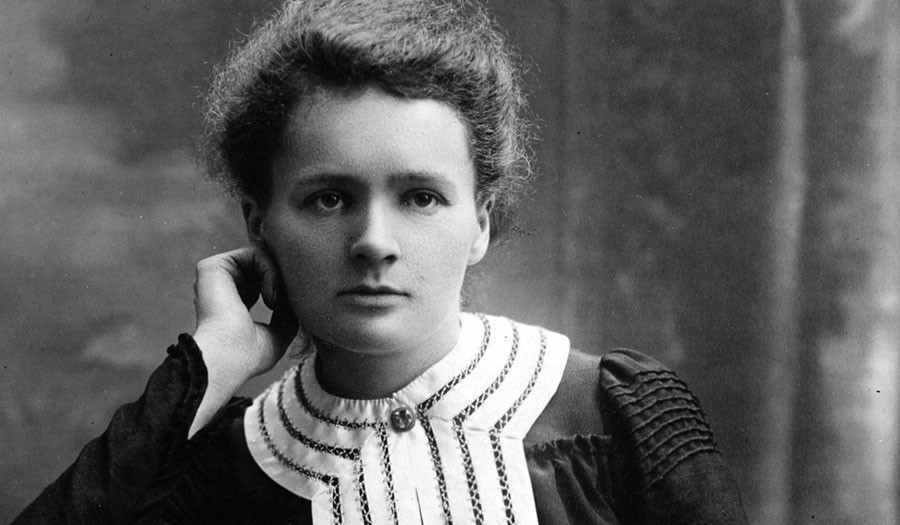
Scientist Marie Curie is widely remembered and renowned for her work on radioactivity. She was the first woman to win a Nobel Prize and the only one to win such an award in two different fields — physics and chemistry.
Born in 1867 in Warsaw to teacher parents, she received her general education in local schools and some scientific training from her father. With her prodigious memory and curious mind, she quickly completed her high school studies.
However, the University of Warsaw did not admit women at that time, which led her to study at Warsaw’s clandestine Flying University before working her way to Paris in 1891. There, she earned higher degrees in physics and mathematics at the Sorbonne and conducted her subsequent scientific work.
In 1894, she met Pierre Curie, a professor in the university’s school of physics and they married the following year.
The couple set up a joint laboratory for their experiments with their own equipment. They discovered two radioactive elements — polonium and radium. In 1903, they were awarded the Nobel Prize in Physics for their work on radioactivity, alongside colleague Henri Becquerel.
Three years later, after her husband’s tragic death, she continued their work and took his chair as Professor in the Faculty of Sciences, thus becoming the first woman to hold that position at Sorbonne.
In 1911, her determination and incredible endeavors led her to receive the Nobel Prize in Chemistry for her discovery of radium and polonium and subsequent research into the nature of these elements. She remains the only woman to win a Nobel Prize in two different fields.
“I am one of those who think, like Nobel, that humanity will draw more good than evil from new discoveries,” she once said.
During World War I, she championed crucial X-ray research and brought radiology to the front lines by creating mobile X-ray stations for soldiers. After the war, she pursued her work as a researcher and teacher, receiving awards and prizes. Unfortunately, all these years of working with radioactive elements without any protections or precautions led to her death in 1934, at age 66.
Despite having constantly faced opposition from scientists in her male-dominated field and never receiving any significant financial benefits, she devoted her life and career to science. As a pioneer, she is certainly one of the greatest scientists of all time.
